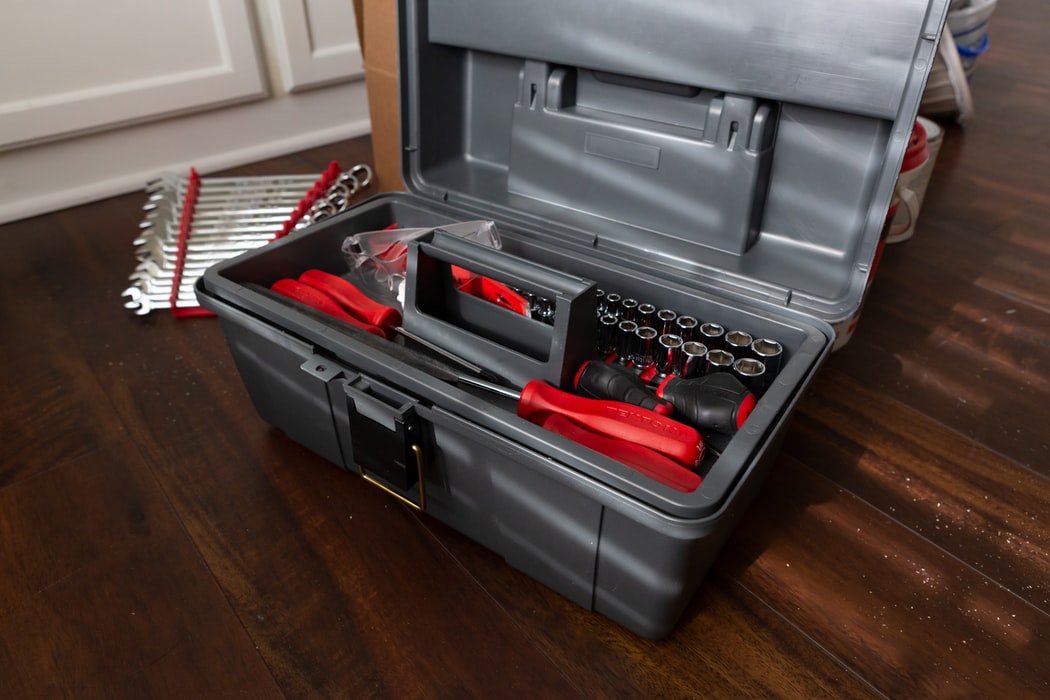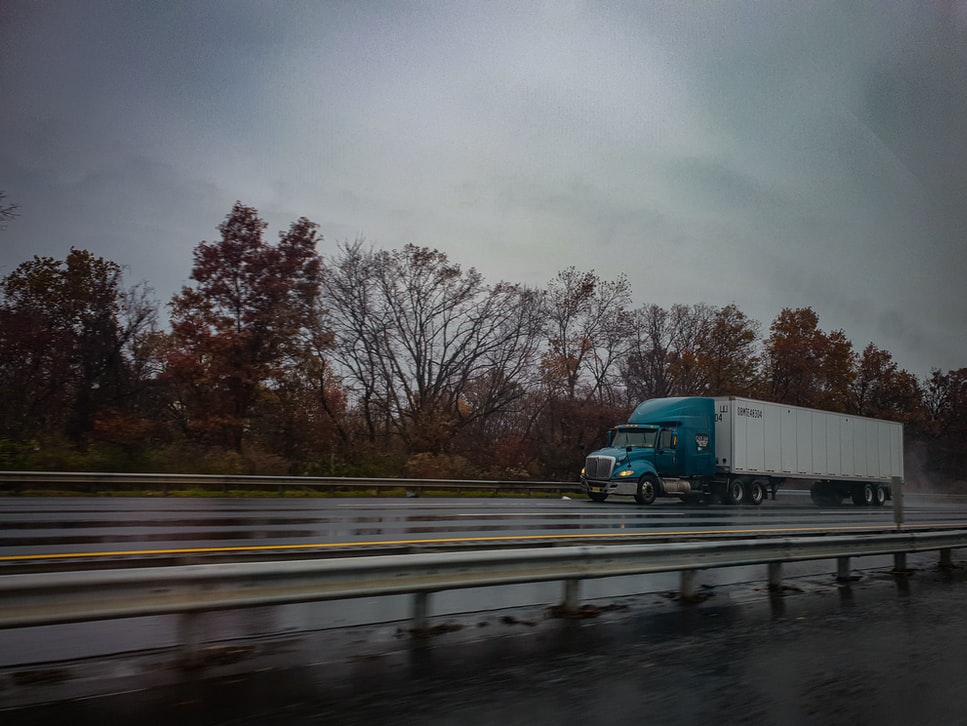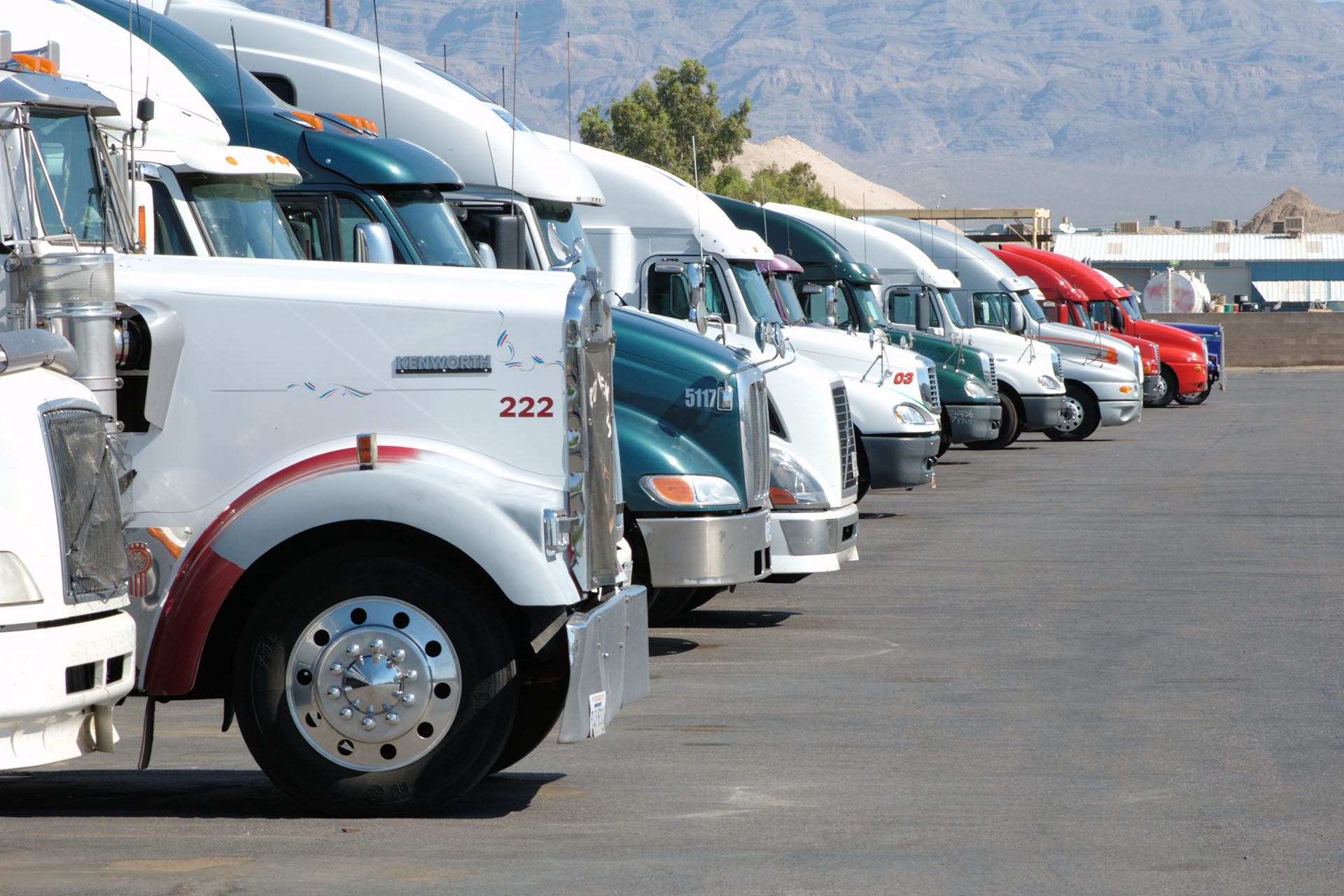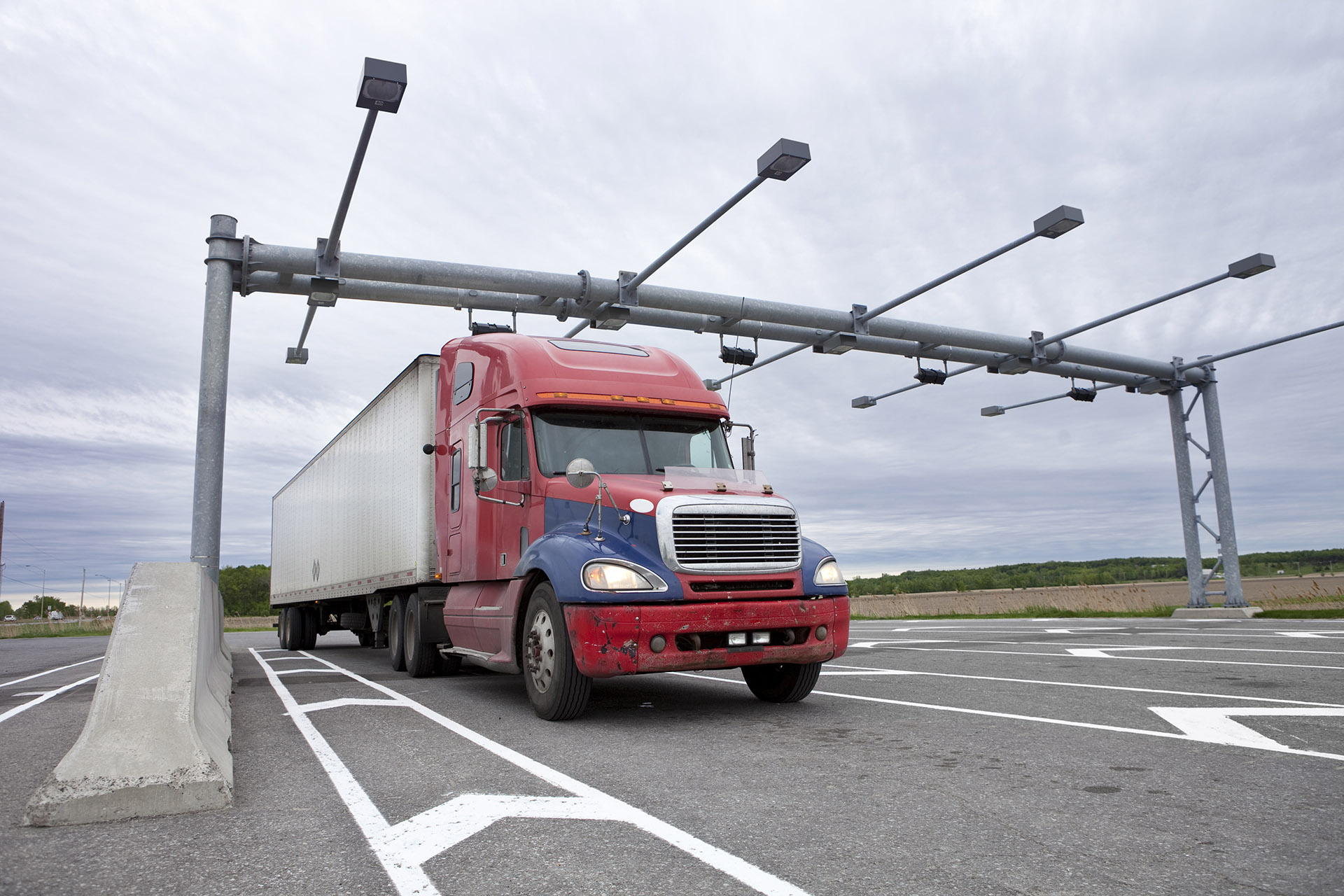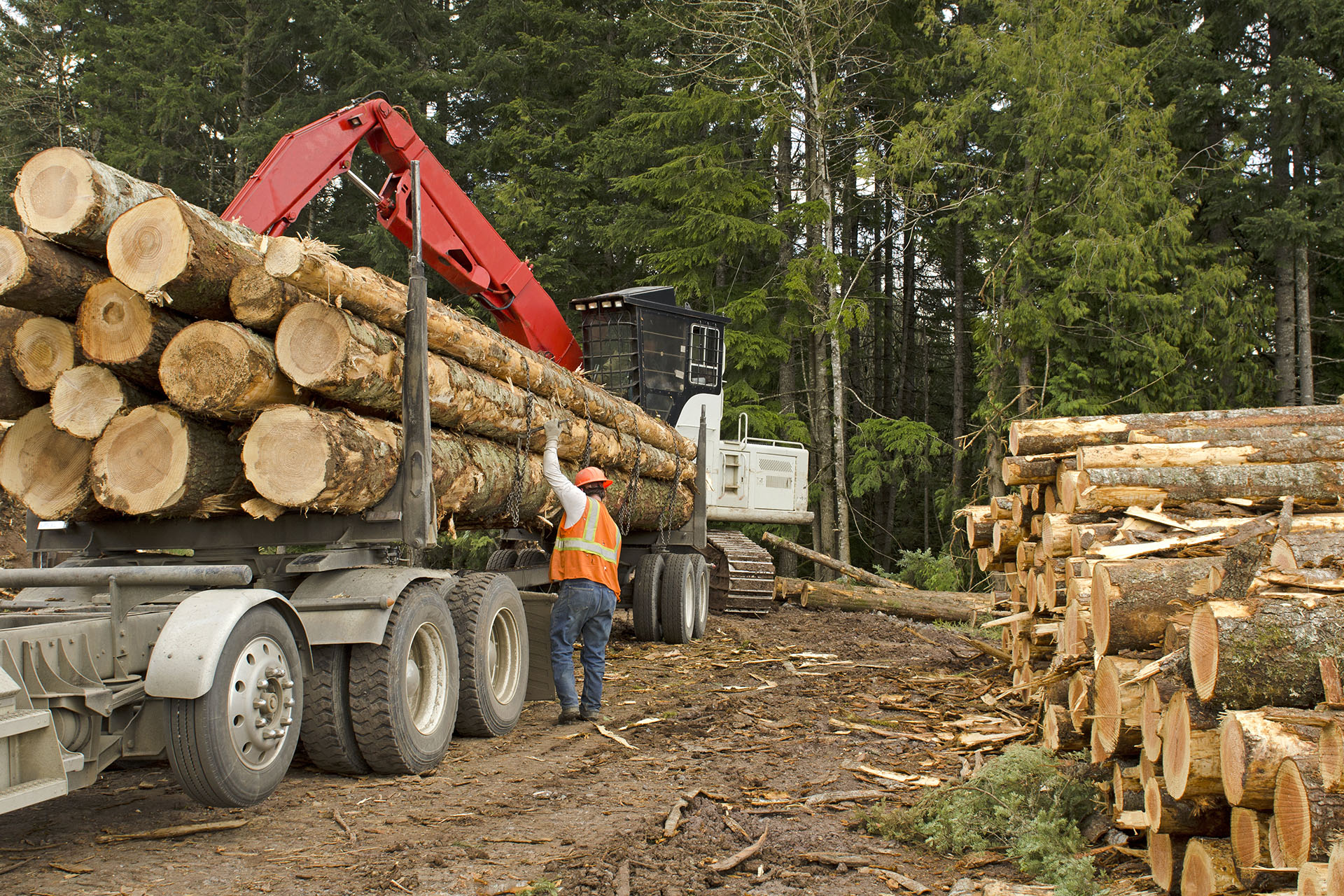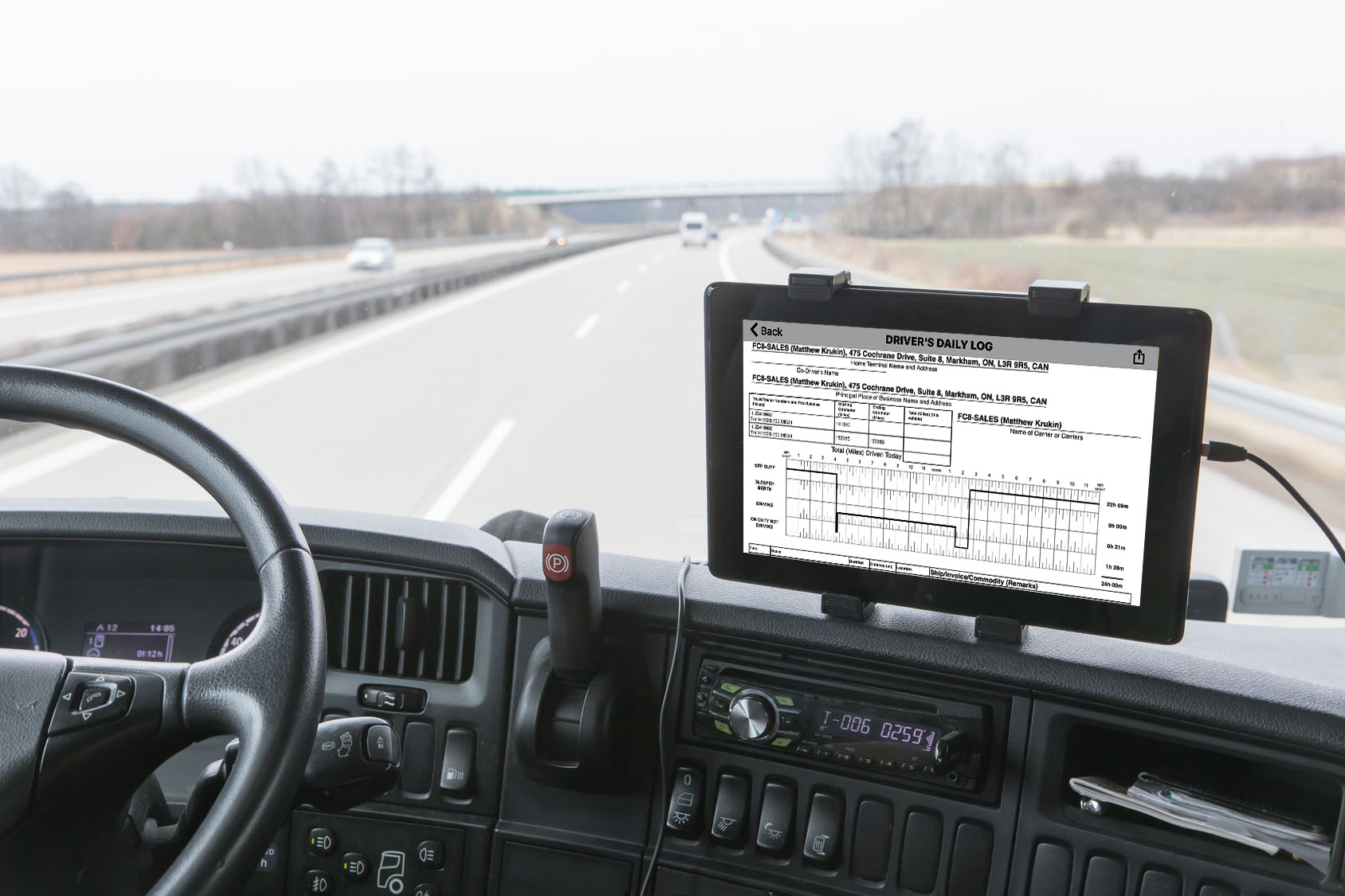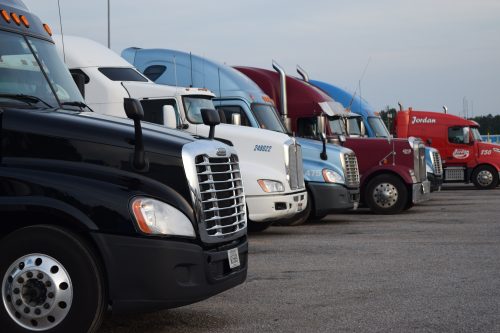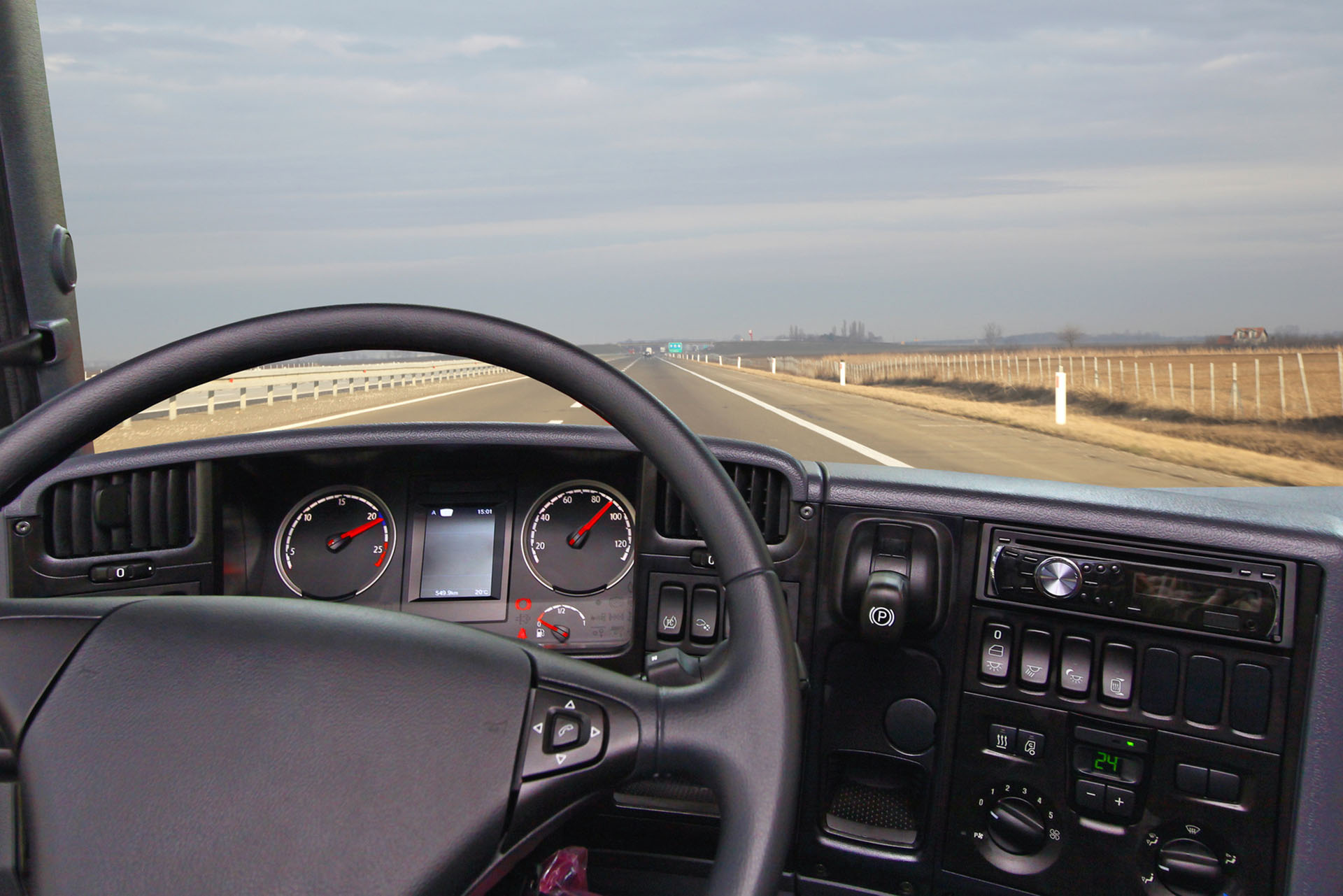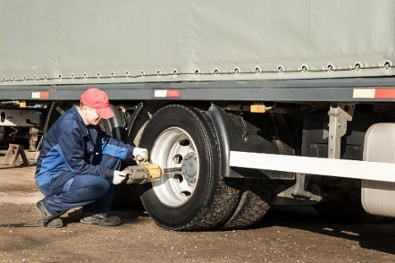Many carriers reach out to me on the specifics of the AG hauling in the U.S. For information on how to handle the Agricultural Exemption in the BigRoad ELD app, refer to this blog.
Further in the blog, I have compiled a few scenarios to help illustrate the Agricultural Commodity Regulatory Guidance.
Primary Agricultural HOS Exemption 49 CFR 395.1(k)
150 air-mile Agricultural Exception
The provisions of Part 49 CFR 395-Hours of Service shall not apply during planting and harvesting periods, as determined by each State.
(1) Agricultural commodities from the source of the agricultural commodities to a location within a 150 air-mile {172.6 statute mile} radius from the source;
395.2 Definition
Agricultural commodity means any agricultural commodity ,non-processed food, feed, fiber, or livestock (including livestock as defined in sec. 602 of the Emergency Livestock Feed Assistance Act of 1988 [7U.S.C.1471] and insects).
(2) Farm supplies for agricultural purposes from a wholesale or retail distribution point of the farm supplies to a farm or other location where the farm supplies are intended to be used within a 150 air-mile radius from the distribution point; or
395.2 Definition
Farm supplies for agricultural purposes means products directly related to the growing or harvesting of agricultural commodities during the planting and harvesting seasons within each State, as determined by the State ,and livestock feed at any time of the year.
(3) Farm supplies for agricultural purposes from a wholesale distribution point of the farm supplies to a retail distribution point of the farm supplies within a 150 air-mile radius from the wholesale distribution point.
395.2 Definition
Farm supplies for agricultural purposes means products directly related to the growing or harvesting of agricultural commodities during the planting and harvesting seasons within each State, as determined by the State, and livestock feed at any time of the year.
The 395.1(k) agricultural HOS exception is NOT limited to any specific type of carrier/operator. Eligibility is determined by the nature of the load on-board, the source and destination of the load, and the air-mile radius from the source of the load.
Scenario 1
Does the agricultural commodity exception (§ 395.1(k)(1)) apply to drivers while driving unloaded within 150 air-miles of the place where an agricultural commodity will be loaded, and to that portion of an unloaded return trip which occurs within a 150 air-mile radius of the place where the agricultural commodity was loaded?
Yes, provided that the trip does not involve transporting other cargo and the sole purpose of the trip is to make a pick-up or delivery of agricultural commodities, as defined in § 395.2. In that case, driving and on-duty time are not limited, nor do other requirements of 49 CFR part 395 apply.
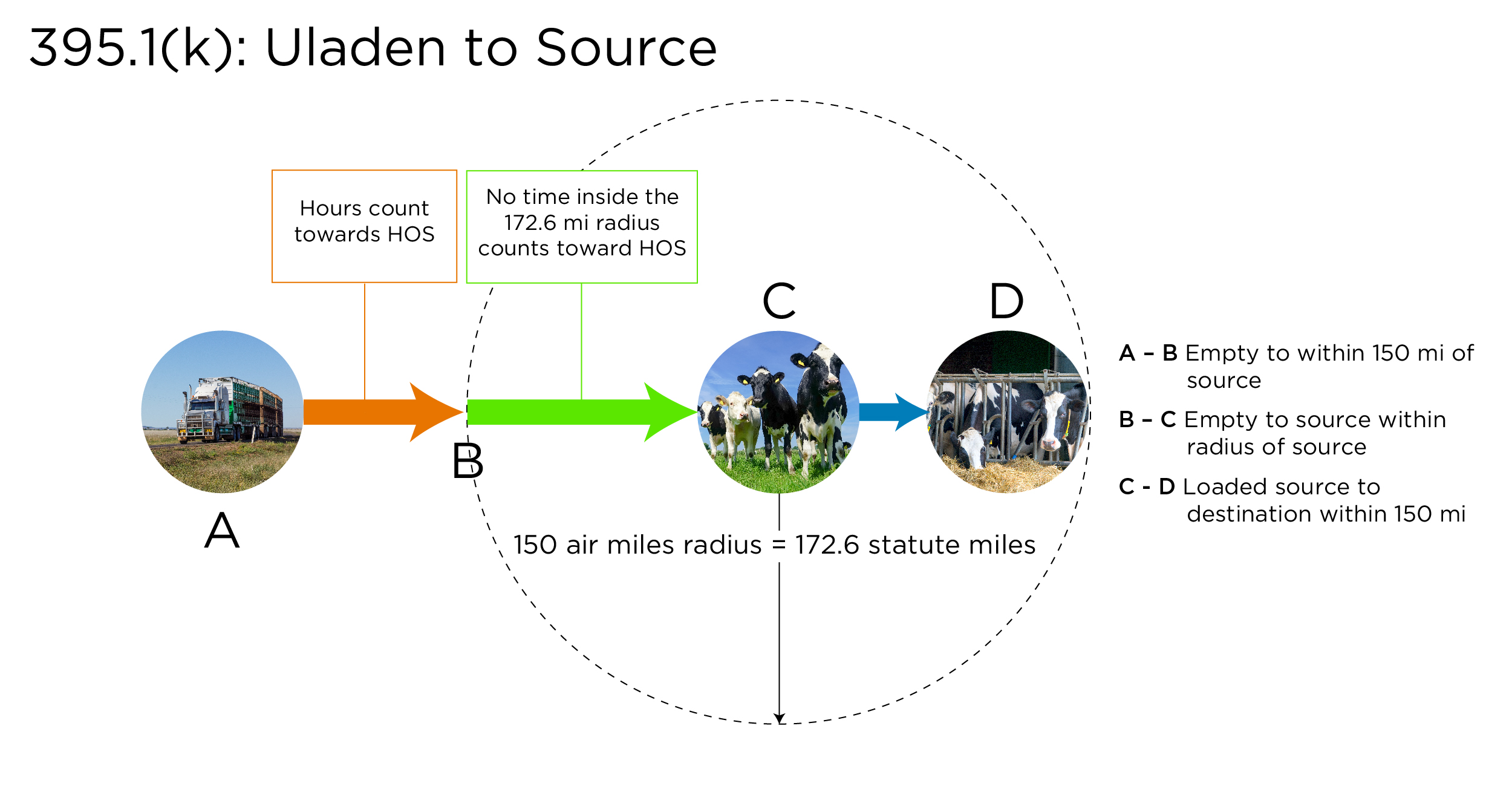
Scenario 2
Does the agricultural commodity exception (§395.1(k)(1)) apply if the destination for the commodity is beyond the 150 air-mile radius from the source?
Yes, the exception applies to transportation during the initial 150 air-miles from the source of the commodity, regardless of the distance to the final destination.
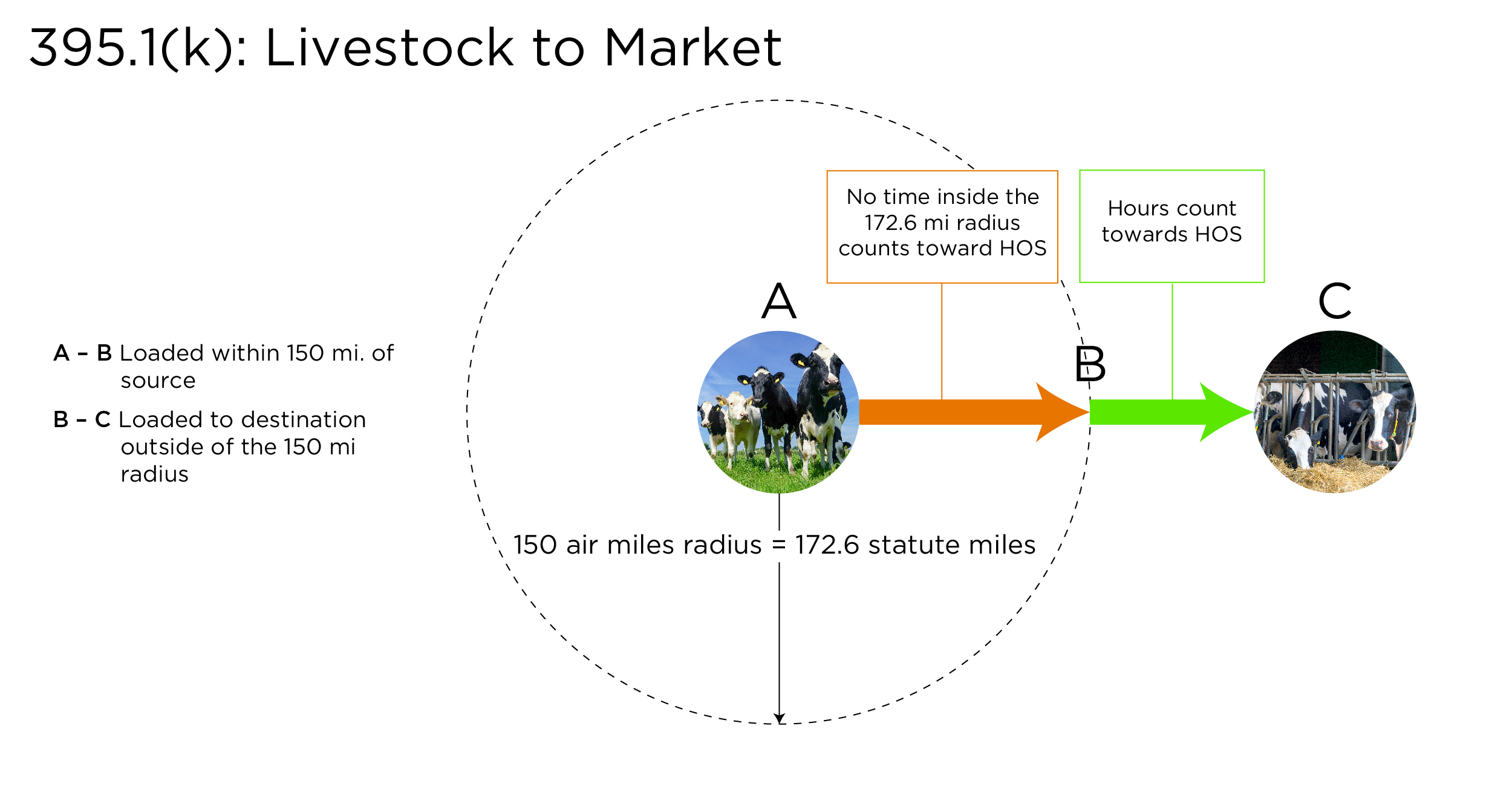
Scenario 3
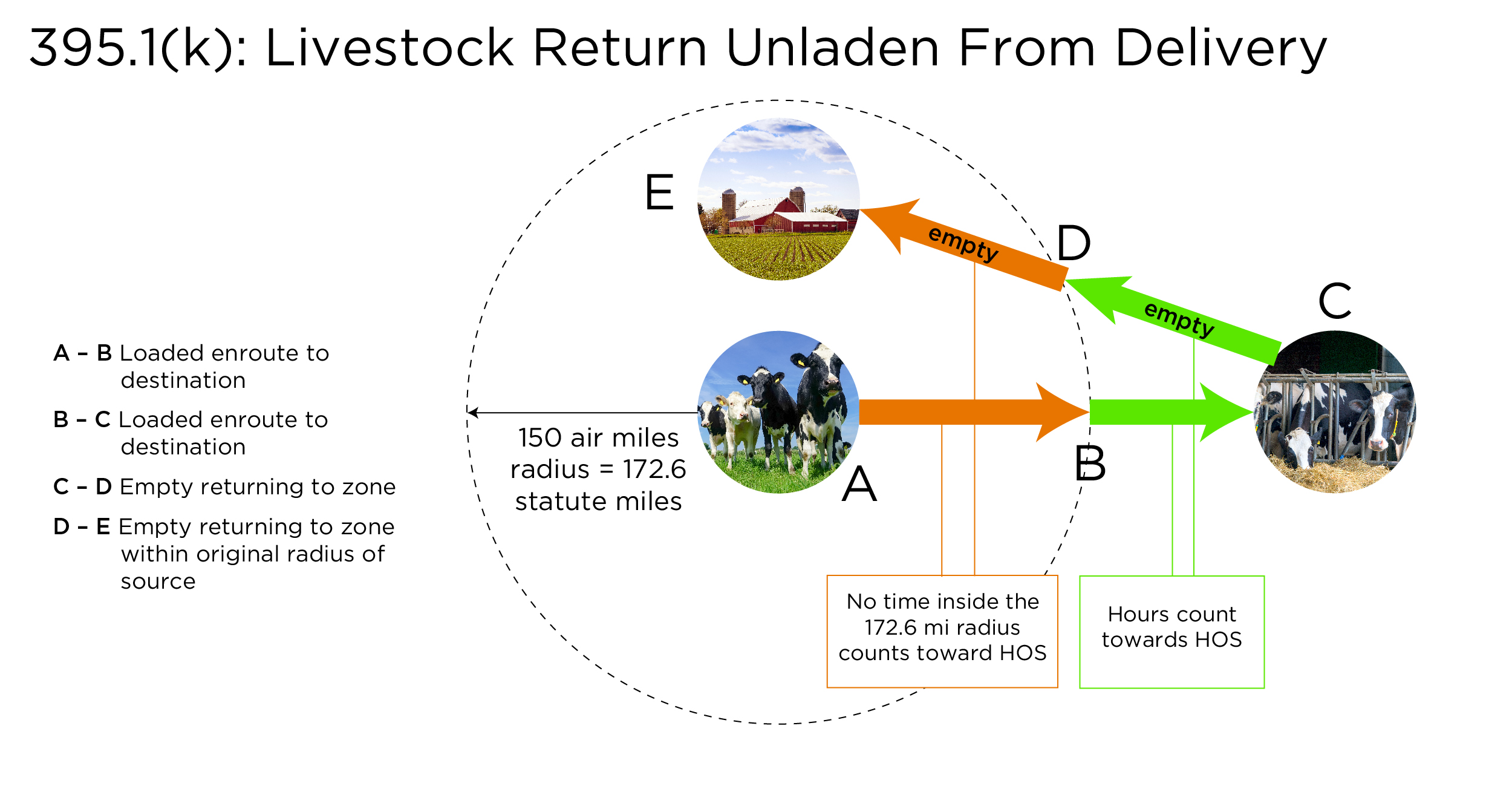
Scenario 4
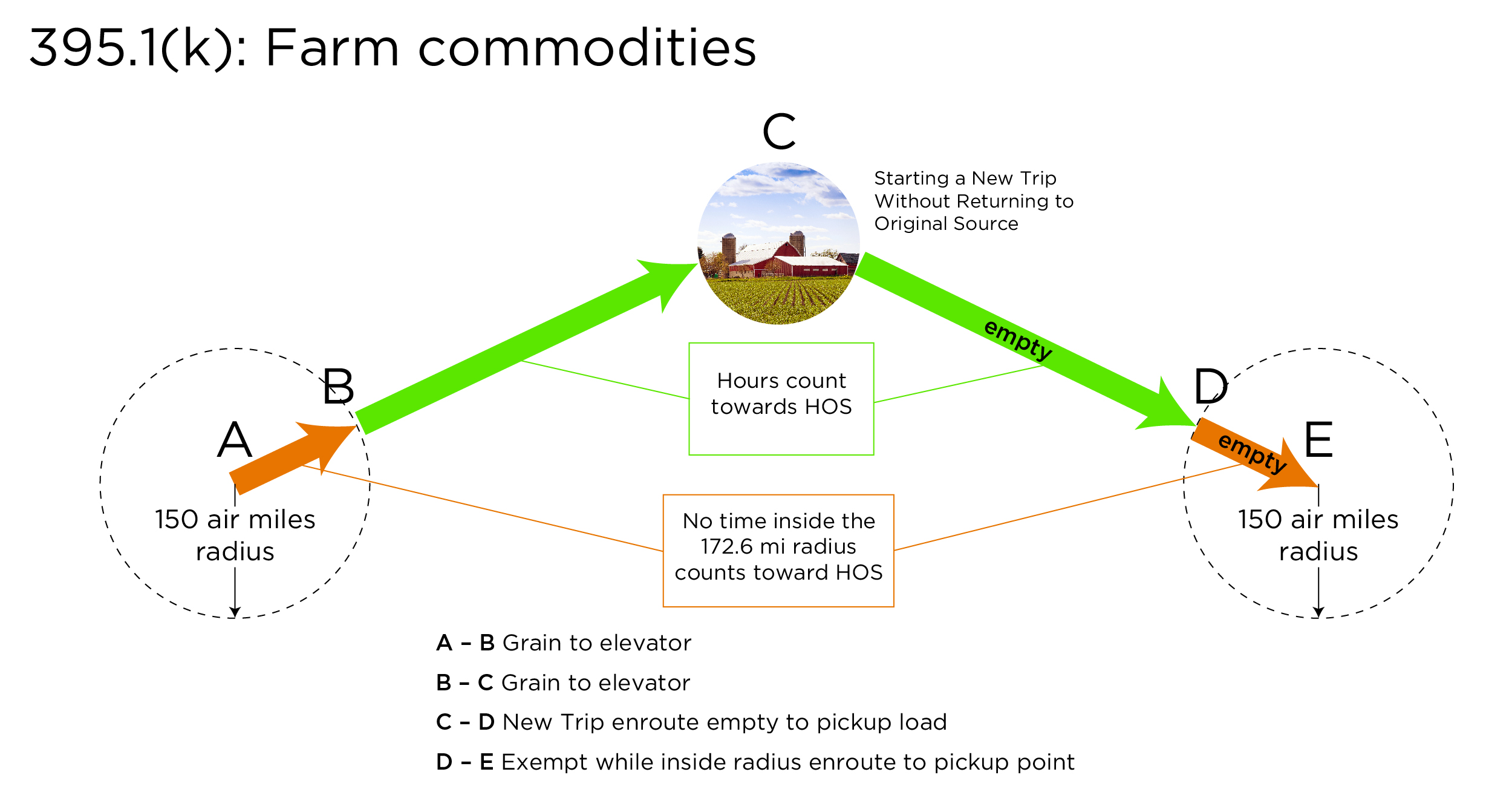
How is the “source” of the agricultural commodities in §395.1(k)(1) determined?
The “source” of an agricultural commodity, as the term is used in§395.1(k)(1), is the point at which an agricultural commodity is loaded onto an unladen commercial motor vehicle. The location may be any intermediate storage or handling location away from the original source at the farm or field, provided the commodity retains its original form and is not significantly changed by any processing or packing.
How is the “source of the agricultural commodities” determined if the driver makes multiple pick-ups of the commodity en route to the final destination?
When a driver loads some of an agricultural commodity at a “source” and then loads more of that commodity at additional stops, the first place where the commodity was loaded is the measuring point for the 150 air-mile radius.
Scenario 5
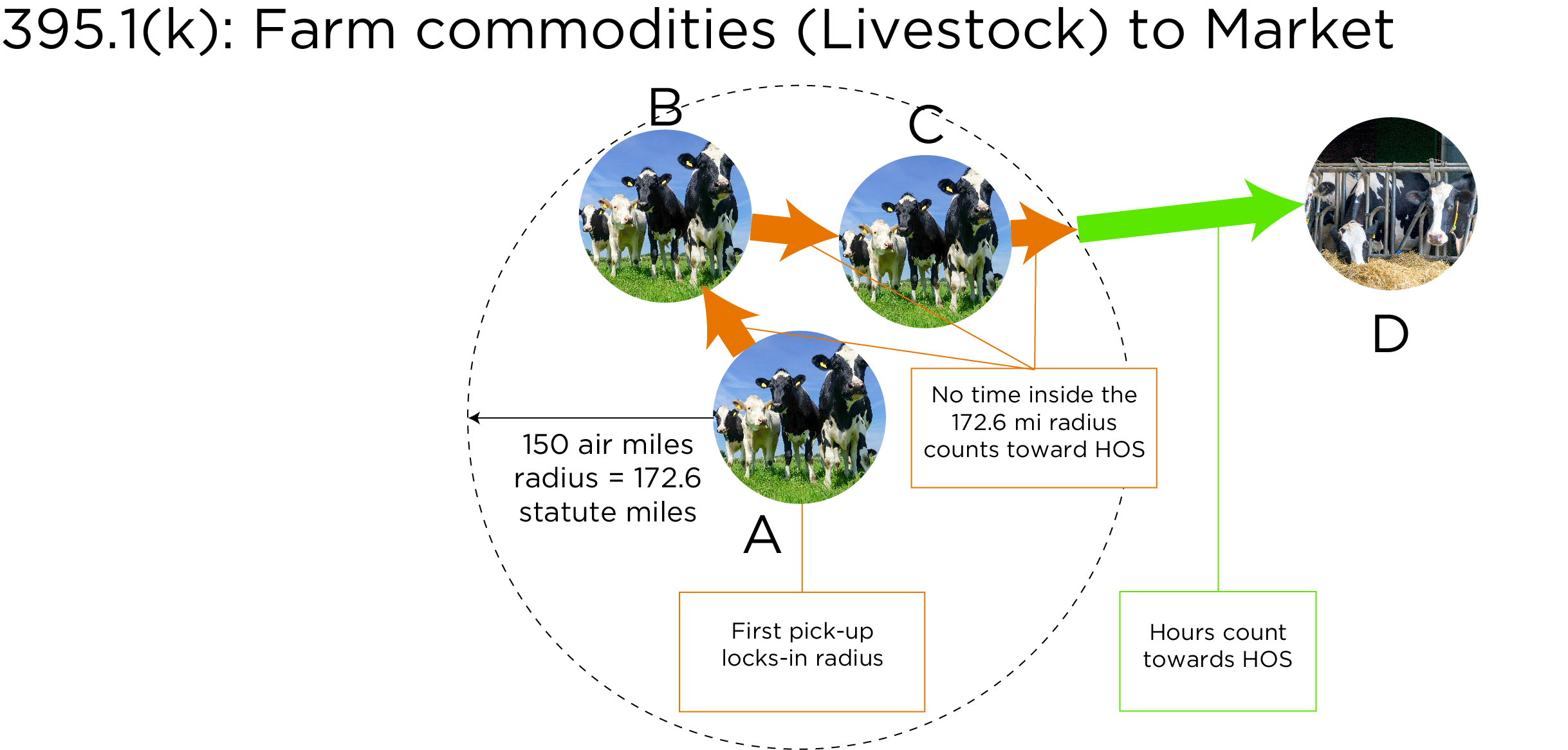
Will the time a driver spends operating inside the 150 air-mile radius of the source count toward a driver’s HOS calculations?
No. The time a driver spends operating inside the 150 air-mile radius of the source does not count toward a driver’s HOS calculations.
Scenario 6

Electronic Logging Devices (ELDs) Regulatory Guidance
Exceptions
- The short-haul operations exception for preparing a logbook found in 49 CFR 395.1(e)(1) for drivers who operate within a 100 air-mile radius of their normal work reporting location for vehicles that require a CDL and work no longer than 12 hours a day.
- The short-haul operations exception for preparing a logbook found in 49 CFR 395.1(e)(2) for drivers who operate within 150 air-mile radius of their normal work reporting location for vehicle that do not require a CDL.
- Vehicles that are older than model year 2000, as reflected on the vehicle’s identification number as shown on the registration.
- Drivers who are required to complete paper records of duty status eight (8) days or fewer in any 30-day period.
Sec. 132 of Title I of Division L of the “Consolidated Appropriations Act, 2018”
- Prohibits enforcement of the requirement for an electronic logging device by livestock transporters.
- This provision is effective from March 23 to December 7, 2018 unless extended by Congress. Note: Congress extended exemption until September 30, 2019 under the Transporting Livestock Across America Safely Act (H.R. 6079, S. 2938). Therefore, paper logs continue to be acceptable.
- The section defines “livestock” as in the Emergency Livestock Feed Assistance Act of 1988 and insects.
Recording hours of service when transporting an agricultural commodity
- Option 1
A driver can operate within the 150-air mile radius without logging into the ELD, and then log into the ELD once the vehicle reaches the 150-air mile radius limit. Driving time within the 150-air mile radius will be identified on the ELD as “unidentified driving” time. The driver will reject the unidentified driving time on the ELD and the motor carrier must annotate the ELD data to explain that the “unidentified driving” time occurred while operating under an agricultural HOS exemption. - Option 2
The driver can log into the ELD when coming on duty and identify the time operating within the 150-air mile radius with an ELD annotation stating that the vehicle was operating under an agricultural HOS exemption. - Option 3
If authorized by the motor carrier, the driver can log into the ELD when coming on duty and identify the time operating within the 150 air-mile radius as authorized personal use (personal conveyance). A driver operating a CMV under the authorized personal conveyance provision must select on the ELD the personal conveyance driving category before the start of the status and deselect when the indicated status ends.
















